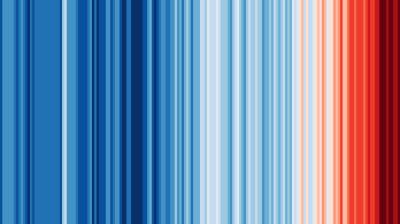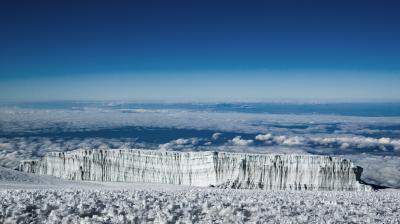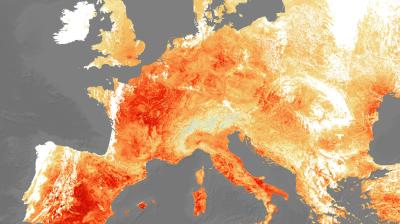Weather forecasting enters new era
Europe’s Meteosat Third Generation Imager MTG-I1 has been successfully launched – the first of a new generation of meteorological satellites which will help the WMO community to improve forecasts of severe weather as well as long-term climate monitoring.
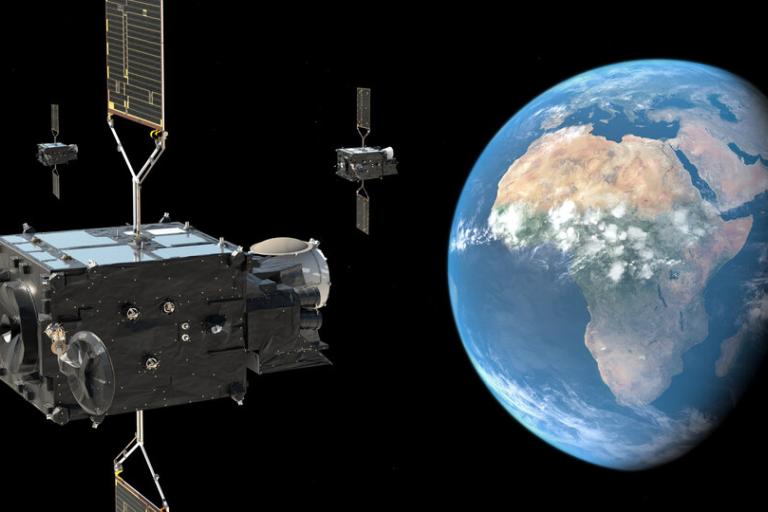
Europe’s Meteosat Third Generation Imager MTG-I1 has been successfully launched – the first of a new generation of meteorological satellites which will help the WMO community to improve forecasts of severe weather as well as long-term climate monitoring.
It was successfully launched on an Ariane-5 rocket on 13 December from Europe’s Spaceport in French Guiana. It is now on its way to its correct orbit, 36,000km above the Equator.
MTG-I1 will ensure the continuity of data for weather forecasting from geostationary orbit for the next 20 years and significantly enhances the current imager capabilities and near real-time lightning imaging – a new capability for European weather satellites.
“Meteosat Third Generation is a European success story. The purpose of this multi-billion-euro investment is to provide meteorological services with a vastly increased amount of more precise information which will help them protect lives, property and infrastructure. This system will, literally, save lives,” said Phil Evans, Director General at EUMETSAT.
The MTG-I satellites carry two new instruments, a Flexible Combined Imager and Europe’s first Lightning Imager, to deliver high-quality data for better short-term weather forecasting.
The innovative Lightning Imager will be able to capture individual lightning events in the sky, whether day or night. This is the first time a geostationary weather satellite can detect lightning across Europe, Africa and the surrounding waters.
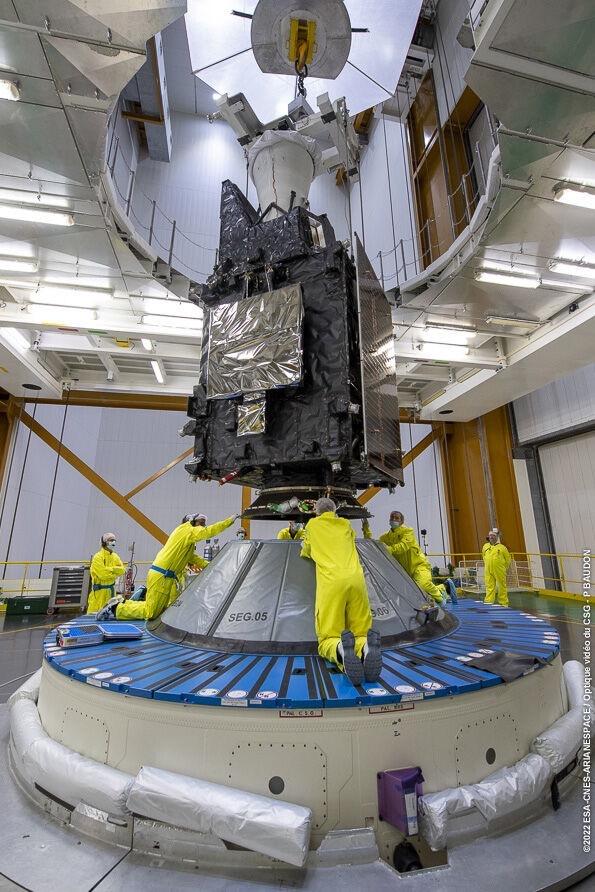
The Flexible Combined Imager will utilise two scanning services to build a picture of fast-evolving events. The imager will scan the entire Earth disc in just 10 minutes through its full disc scanning service. The imager will scan Europe and northern Africa every 2.5 minutes through the rapid scanning service.
“MTG was developed thanks to the expertise of ESA, EUMETSAT and a highly competitive European space industry. With the satellite’s innovative design and its novel ‘lightning catcher’, MTG will push European weather forecasting into the future” added Simonetta Cheli, Director of Earth Observation Programmes at the European Space Agency (ESA).
The satellite was launched at 21:30 CET on 13 December and separated from the rocket 34 minutes later. The Malindi ground station in Kenya received the signal from MTG-I1, indicating the satellite is in good health.
Innovative satellite technology like the MTG-I satellite’s ability to capture lightning observations as a precursor of severe weather supports WMO in achieving the UN’s Early Warnings for All Action Plan unveiled at COP27. WMO works with space agencies to coordinate the planning of meteorological and environmental satellite missions vital for weather forecasts, life-saving early warning services, and monitoring climate change.
The MTG mission is a cooperation between EUMETSAT and ESA. ESA is responsible for developing and procuring the six MTG satellites. EUMETSAT defines the system requirements, sets the ground systems, procures the launch services, operates the satellites, and makes the data available to users. WMO, EUMETSAT and ESA are all members of the Coordination Group for Meteorological satellites (CGMS).






